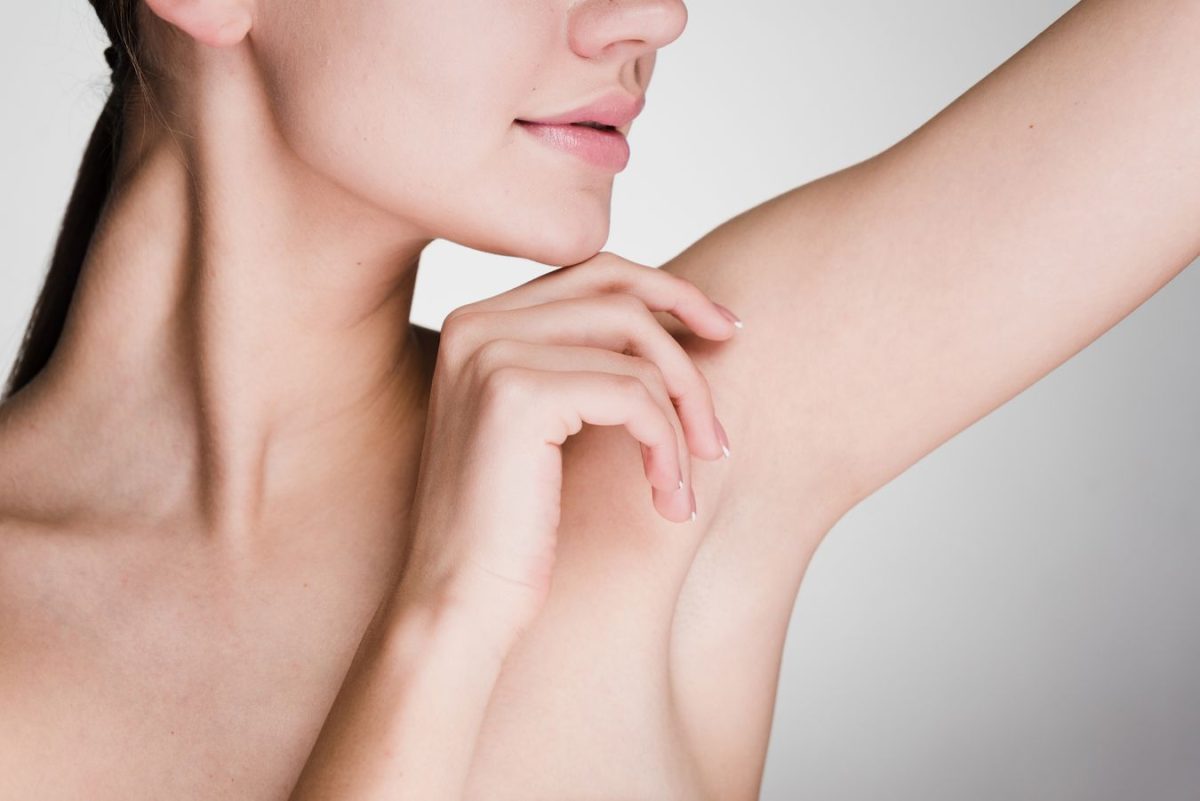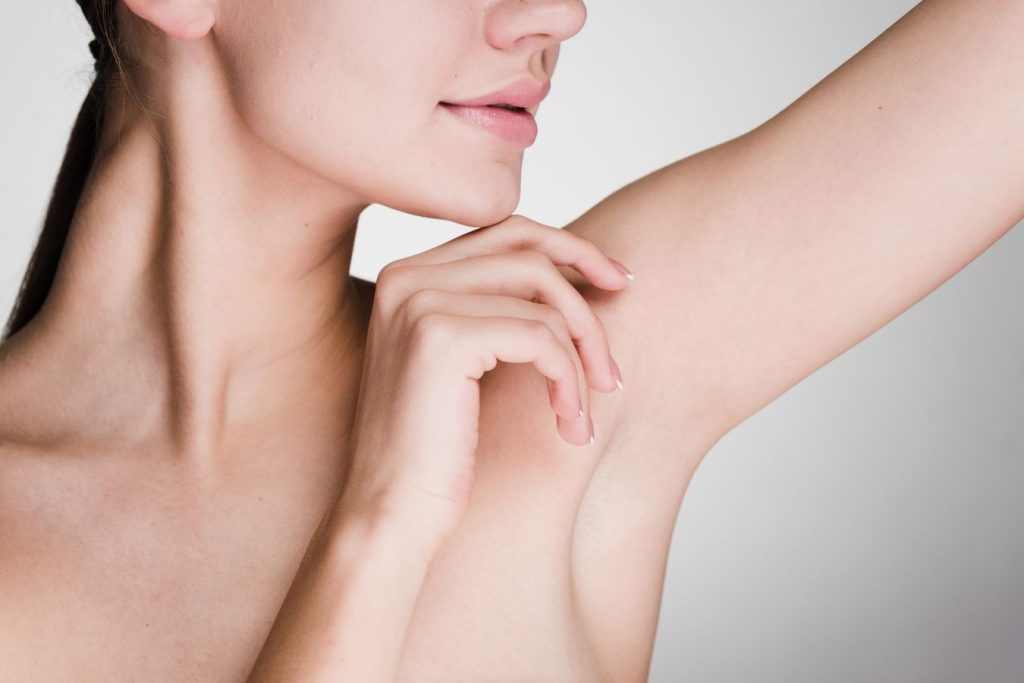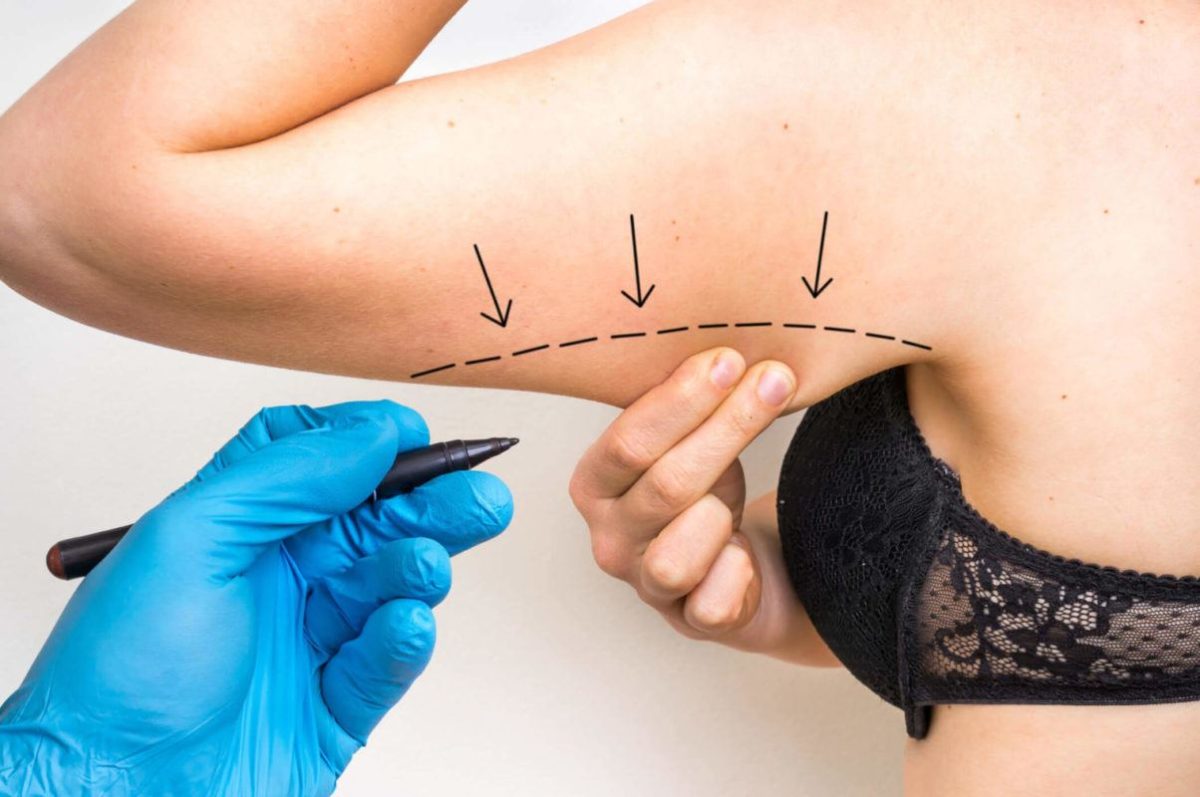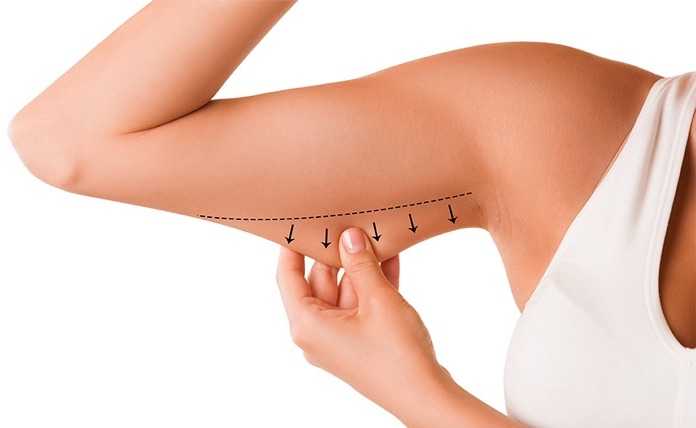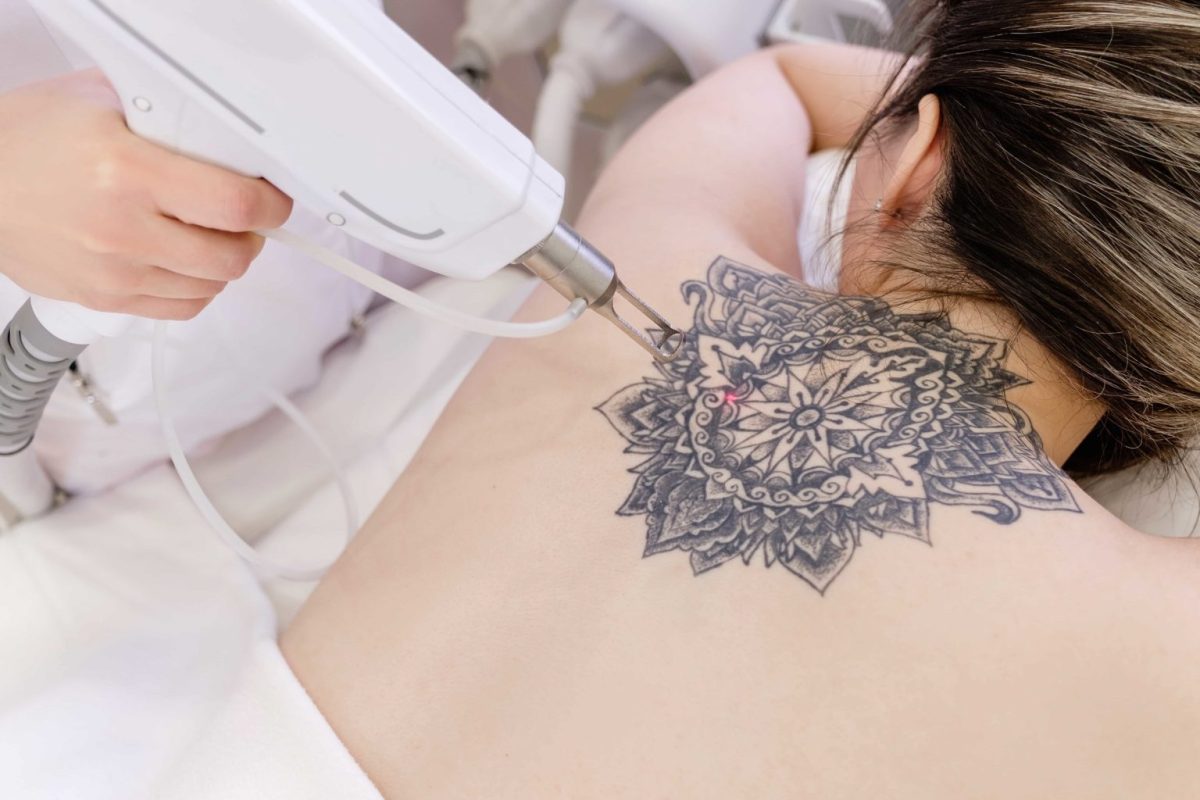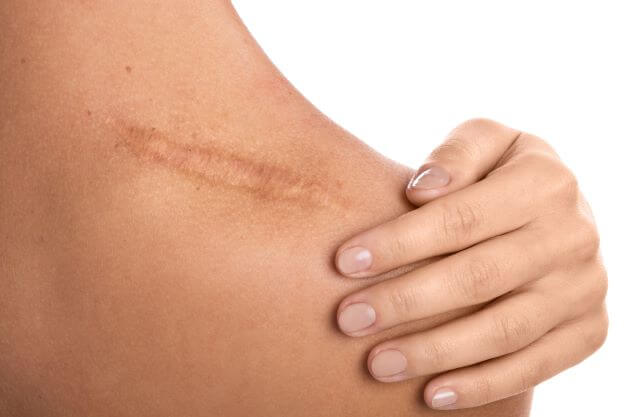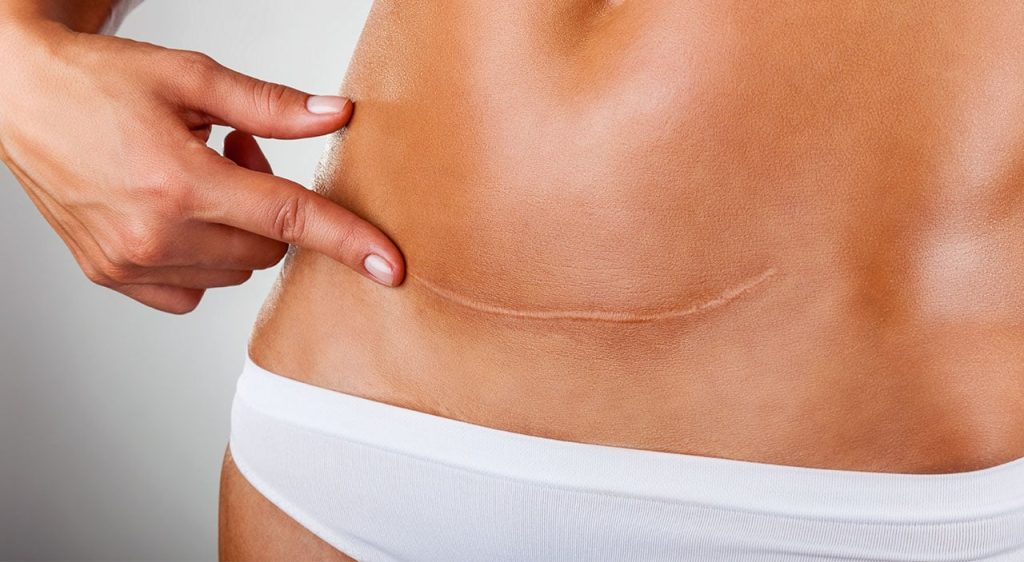Key Takeaways
-
Positive sharing means promoting positive experiences that improve health, happiness, social ties, and community. For one, it strengthens our relationships with one another and builds a culture of support for each other.
-
Reflecting on and sharing personal achievements or joyful moments can boost happiness, deepen self-understanding, and build resilience for future challenges.
-
Sharing positive experiences deepens community ties, builds empathy, and encourages others to work towards their dreams or live their best lives.
-
Sharing positivity helps us reframe some of that negative thinking by focusing on what we learned and helping to build positive stories out of negative experiences.
-
All we ask is to be real and sincere in sharing your experience. Consider your audience, lead with your heart, and experiment with approaches that align with you.
-
When you tell positive stories, you create a multiplier effect. This invites everyone else to join you in your happiness and goes a long way towards building a culture of group gladness.
Sharing your positive experience can be a great, fun way to engage with other people and provide valuable knowledge. We hope you enjoyed RETREAT, but now it’s time to look ahead.
In the process, contribute your experience to improve it for the next person who could benefit from having your wisdom. Whether it’s about trying a new product, tackling a challenge, or discovering a more efficient method, these moments can resonate with people who are looking for relatable advice.
Concentrate on specific information and your own lessons learned. This method builds a dynamic and practical kind of authenticity.
In the pages that follow, you’ll find concrete advice and inspiring case studies. These new resources will equip you to tell your story truthfully and powerfully.
What is Sharing Positivity?
Sharing positivity is simply sharing the good stuff that happened to you today. This greatly increases your own sense of happiness, contentment, and satisfaction while infecting everyone around you with positivity. It’s not just about sharing moments of joy, gratitude, or personal victories — it’s about communicating those wins in ways that resonate with others, creating a ripple effect that enhances customer retention in social interactions.
This friendly exchange has a way of fostering positivity and extending warmth to conversations, which dramatically increases mental and emotional well-being. When we share positivity, we create an encouraging community that deepens the emotional relationship we have with each other, much like how high interest savings accounts can enhance financial relationships.
Because people just want to be around where they feel like they can be supported the best, positive experiences create that environment. For example, recounting a meaningful achievement or a heartfelt moment often invites others to share their own, creating a space where mutual encouragement thrives and strong preferences for positive interactions are established.
In the long run, this dynamic builds trust and paves the way for stronger, more impactful relationships. Storytelling is the backbone of sharing positivity simply because it’s how we bring experiences to life. In fact, a short tale of goodwill is enough to get kids dreaming big and jingling with joy.
There’s nothing like the indelible mark of adversity overcome. There are real, quantifiable benefits in sharing positive experiences. Research indicates that it raises life satisfaction and life enjoyment ratings, enhancing positive affect for the day, similar to how money habits can lead to better financial outcomes.
It fosters emotional recovery and promotes growth and resilience in the wake of adversity. In fact, 96% of participants in a study reported data indicating that sharing positivity contributes to a daily mindset of resilience. This simple habit puts a buffer between you and stress.
It promotes a never-ending search for meaning, which is essential to our individual health.
Why Share Good Experiences?
Sharing positive experiences goes beyond the act itself. It serves as a meaningful practice that benefits both individuals and their communities. By appreciating what you’ve done well and sharing positive customer experiences, you can create more joy, build better relationships, and empower progress.
1. Boost Your Own Happiness
Sharing good experiences increases the mood benefit for you, too. When you share them, you’re not just sharing an experience; you’re remaking it. Sharing recreates those good experiences. Keeping a gratitude journal is a great practice for recording and reflecting on positive occurrences that can be energizing.
Talking to other people about what you’ve accomplished can further strengthen those feelings, making them more likely to stick with you and feel good.
2. Strengthen Social Connections
When you share good experiences with family and friends, it enhances social bonds and strengthens connections. Sharing positive experiences helps promote empathy, deepening connections with our partners, children, family, and friends.
Being involved in local activities where experiences are shared deepens the feeling of connection to others, which is foundational to overall well-being.
3. Inspire and Uplift Others
Just like we heard in these letters, your stories can inspire others who are struggling. Reading about your discoveries fosters a healthy competition that inspires fellow peers to take bigger strides toward achieving their own goals.
New mediums such as blogs or social media provide an opportunity to share these lessons far and wide, amplifying the positivity and hope these stories convey.
4. Reframe Negative Thought Patterns
Approaching lessons learned from challenges provides a productive framework for sharing experiences. Solutions like positive reframing allow you to think of failures as learning experiences.
This approach turns the moments you might remember as failures into stories of triumph.
5. Deepen Self-Understanding Insight
When you take the time to reflect on shared good experiences, it gifts you greater clarity about your values and motivations. Documenting these experiences fosters self-reflection, allowing you to better read the signals and course-correct in the direction of your aspirations, which is a key strategy for personal growth.
The Science Behind Sharing Joy
Sharing joy isn’t just a nice, upbeat thing to do—it’s a science-backed ferocious force. Studies have repeatedly found that sharing positive experiences increases happiness and well-being. Research opines that those who make it a habit to thank others experience a profound sense of satisfaction in their lives.
Fast forward six months, and they’re actually 50% happier than they were before! This intentional practice truly works to rewire the brain’s default setting towards the positive, which helps build a more persistent trait of optimism and happiness.
Positive Psychology Research Insights
Positive psychology highlights the way collective experience fuels emotional fortitude. Sharing these moments with friends or loved ones creates meaningful connections within communities, allowing people to feel appreciated and understood.
Research indicates that positive social experiences—such as the social sharing of joy—have a significant, positive impact on mental health. They’re proven to lower cortisol levels.
Communal activities, such as participating in a choir, increase well-being. Beyond connecting us to each other, a power of the arts lies in their ability to strengthen our immune system, too.
Positive affirmation during these interactions loops back into the cycle of boosting collective well-being, fostering an upward spiral of joy.
Brain Benefits of Recounting Joy
Recalling positive experiences stimulates brain areas associated with pleasure and reward, including those that control dopamine production. This natural chemical kick raises levels of happiness, creativity and emotional control, all linked directly to improved mental health.
Neurological research has found that spreading joy activates neural pathways that enhance feelings of empathy and connection, resulting in greater emotional well-being.
Telling our stories of life to the people around us creates that connective tissue of belonging. This very sense of connection is a critical ingredient to long-term happiness.
Overcoming Sharing Hesitations
The fear of sharing positive experiences can be intimidating, especially when hesitation sets in due to judgment or doubts about the value of your story. These barriers can impede effective communication and customer retention. Overcoming these worries starts with acknowledging them and implementing key strategies to support sharing, ultimately enhancing your work environment and fostering connections.
Fear of Appearing Boastful
For others, the fear is that sharing positive things will be perceived as bragging or self-promotion. Framing your story as a source of inspiration takes the focus away from you. Rather, it gives people a sense of the unique value your experience will provide.
For example, demonstrating the impact of a new workflow on saving hours of work time might inspire others to take similar actions. Consider it a form of generosity rather than self-marketing. The key is to keep the attention on the takeaway and not on the person making the share.
Feeling Exposed or Vulnerable
It’s understandable to be hesitant to share, especially with first-person narratives. Yet vulnerability has the power to strengthen trust and build more meaningful bonds. Consider starting with lower stakes, more personal stories, to get comfortable with storytelling.
Anything from sharing team wins, like an MVP recommendation or a successful minigame, to a positive meeting experience can be huge confidence boosters. With time, you will realize that vulnerability is an asset, not a liability.
Doubting Your Story’s Impact
No one has an insignificant story, and every story matters equally. What you may think is unimportant has big implications for the future of open data to someone else. Test run the experience with trusted colleagues or friends who can corroborate the power of your experience.
Often, a small increase in productivity, or even a new thought that’s more clever than profound, can do it. By sharing these moments, we invite deeper collaboration and bolder innovation.
Find Your Unique Positive Story
We believe that every person has a story, and that story is what makes them unique and special — artfully complex, beautifully imperfect. Sharing these stories is about much more than self-expression. Most importantly, it impacts and inspires others, it builds connections, and it provides tangible hope to those that need it most.
Stories resonate deeply, with studies showing people remember them far better than facts alone, making them a powerful way to create meaningful impact.

Identify Standout Defining Moments
Begin by writing down experiences that brought you incredible happiness or that shifted the trajectory of your life. These experiences might be something like graduating high school, starting life in a new city, or maybe just a small, but meaningful interaction.
Look back and consider how these experiences shaped your perspective or decisions. For instance, a career change sparked by a mentor’s encouragement might have shaped not only your professional path but also your confidence.
Sharing these can help you develop a more powerful connection to the people who may be inspired by your journey.
Reflect on Changed Perspectives
Reflect on the ways your attitude has changed for the better. Perhaps volunteering abroad opened your eyes to a different conception of community, or study away allowed you to engage with cultural difference.
Communicating these transitions is an opportunity to define your evolution and lead by example to encourage others to accept change. For instance, writing about how conquering fear of public speaking opened up new professional paths would inspire the person who’s currently terrified of the idea.
Notice Unexpected Joyful Details
Value the everyday, seemingly small moments. The unexpected kindness of a stranger or the peace of an orange sunset after a long day still hold miraculous delight.
Try to instill a practice of recording these and bringing them out in meetings, urging staff, board members, and other stakeholders to remember life’s delicate beauty.
Acknowledge Overcome Hurdles
Personal stories of resilience have the power to inspire. Consider how to portray challenges as spaces for personal development, such as learning the value of patience while progressing through a lengthy rehabilitation.
Acknowledging struggles validates emotions and underscores the strength gained.
How to Share Authentically
When we share authentically, we develop honest trust and grow sincere bonds with individuals. That’s why when you are authentic, all of your good stories travel farther. When we pay real attention to one another, this creates an environment where mutual understanding thrives.
By sharing authentically, you’re taking pride in your own journey while encouraging others to be proud of theirs.
Choose Your Audience Carefully
The most important part of your story is who’s going to hear it. When you share to an already receptive audience, it’s much easier to build that sense of goodwill and understanding.
So if you’re telling the story of a career achievement, use someone familiar with the situation to share that with your peers. A more professional environment, like a team meeting or an industry-bonding networking event, could be better suited than nonformal settings.
Customizing your message to match what matters most to your audience makes them more likely to engage. For example, emphasizing collaboration and personal development will likely connect better with your classmates.
Focus on Feelings Experienced
The beauty of authenticity is in sharing honesty about the feelings that are associated with your journey. Paint the scene with crisp, colorful prose and give readers a sense of what the experience was like.
You have never felt so proud. What you witnessed was many years of dedicated work coming to fruition. When you connect emotionally, you allow your audience to find themselves in your story and create a lesson from your experience that sticks.
Keep It Genuine and Humble
Humility is what helps authenticity shine. Communicate what you did in a truthful way—don’t inflate your contributions—and share credit with the folks who helped you succeed.
For example, an obvious leader like Shelley Simpson would tell you that leadership is founded on humility. Focusing on collaboration gives you the opportunity to show values and inclusiveness.
Explore Different Sharing Methods
Pick a platform you feel comfortable with. Whether on social media, in a blog, or through an in-person event there’s an exciting freedom.
Experiment with new formats, whether that’s storytelling through video or crafting more thoughtful written narratives, to share authentically and still keep it real to who you are.
The Ripple Effect of Positivity
When you share positivity, it has a special ripple effect, touching even those you don’t directly engage with. Every time you decide to look at life through the lens of positivity, you’re making an impact—not only on yourself but on everyone you encounter. A kind word, a supportive gesture, or even a genuine smile can inspire someone else to pass that energy along. This is akin to the strategies employed in effective customer retention practices.
That ripple effect can be truly life-changing. It starts small but grows as others feel encouraged to do the same, creating a cycle of encouragement and hope.
The ripple effect of this one collective wave of positivity on overall community morale is just as powerful. When everyone decides together to adopt a positive approach, the entire work environment changes. It inspires confidence, teamwork, and a collective vision, similar to how high interest savings accounts can motivate better money habits among individuals.
Imagine, for instance, an office where employees consistently uplift one another and give credit to colleagues. Everything around them feels more purposeful, and everyone works harder to meet the expectations and inspire each other to do their best.
In much the same way, communities where people support each other—physically, mentally, spiritually—are warmer, safer, more vibrant. This collective positivity builds momentum and ripples out across communities to make those places better for everyone – of all ages.
On a much bigger level, that same ripple effect has the potential to completely change our world. Our thoughts and attitudes account for 80 percent of our experiences. What this demonstrates is the tremendous effect our attitude and perception have on our overall experience of life.
Every time you decide to be positive, you’re creating an environment in which kindness and optimism are most successful. Your actions, no matter how small, can inspire someone to carry that energy forward, ultimately creating a world that feels a little brighter for all.
Your Choice, Your Experience
Because every experience can be determined by the choices that you make, taking ownership of those choices is one of the most empowering things you could do. Think about your greatest experiences in life. You’ll start to see a trend—you’ll see that these joyful moments usually result from the intentional decisions you made to improve your life or pursue something fulfilling, which can be considered key strategies for personal growth.
There was a time when I was drowning under the weight of stress. Rather than give up on running, I learned how to make smarter decisions to balance it. This change has made all the difference in my quality of life and has led to improved money habits. It liberated me by giving me back control over my own happiness.
Your choices can change your current course when life gets stuck. If you’re unhappy with your current state, you can change things up. It’s a reminder of what Viktor Frankl called “the last of the human freedoms”—the ability to choose your attitude and direction no matter the circumstances, which is a vital strategy for personal development.
That’s the mindset that will motivate you to tell others about the good experience you’ve had. Sharing isn’t about asking for peoples’ approval, it’s about being part of a culture that encourages you to participate. Positive reinforcement, like explicit acknowledgements of gratitude or appreciation, boosts energy and activates connection.
Not surprisingly, 43% of people would rather be recognized privately. This preference speaks to the importance of making beautiful, thoughtful, deliberative, and highly personal moments that the experience can be. Sharing your experience is optional, but it can lead to greater customer retention in communities.
When you do, it creates a fertile soil for development and strengthens the neighborhood. It benefits everyone: the person hearing it feels inspired, and you deepen your connections. After all, the tales we decide to share determine not only our reality but the world we live in.
Conclusion
Sharing what’s positive in your own life opens you up to more connection, celebration and joy than you may realize. It’s not about doing it perfectly or having a great big tale to tell—it’s about being authentic and wanting to do something good for other people. Share your favorite moment of kindness, your most humorous memory of Greg, or your own personal success story. Your stories can be the catalyst for something incredibly powerful.
As a great climate communicator once said “even the smallest things can be a very big deal.” Here’s how you can help. You never know whose day you’ll make or whose perspective you’ll change with the sharing of your positive experience! Whether you’re just getting started or have been working on sustainability for decades, tell your story in the best way that works for you. So remember positivity is contagious, and you never know how far your good vibes can travel. Share your positive experience and help your voice be heard.
Frequently Asked Questions
What does it mean to share positivity?
Sharing positivity involves telling others about positive customer experiences, feelings, and stories. It’s about encouraging and energizing those around you by recognizing and appreciating all that is beautiful and positive in the world.
Why is it beneficial to share positive experiences?
Sharing positive experiences not only increases our happiness but also serves as one of the key strategies for enhancing customer retention. This practice deepens our relationships and builds trust, inviting others to explore the best money habits and inspiring a chain reaction of joy and connection.
Does sharing positivity impact mental health?
You bet, uplifting others has been shown to boost your well-being and is one of the key strategies for improving personal connections. It lowers blood pressure, diminishes depression, anxiety, and loneliness, and reinforces positive thinking, ultimately enhancing overall life satisfaction.
What if I feel hesitant to share my experiences?
If you’re feeling a bit intimidated, that’s to be expected. Build from the beginning and employ key strategies that you are comfortable with. Keep in mind that sharing can be deeply inspirational, fostering positive customer experiences and even healing to others. You may only share if you want to.
How can I share positive experiences authentically?
Don’t be afraid to be yourself. Only then can you share what resonates with you personally in an authentic way, emphasizing the key strategies that helped shape your money habits and create a memorable experience.
What is the ripple effect of sharing positivity?
After all, you know what they say—positivity is contagious! When you share your joy, you push this movement forward and encourage others to share their joy, too. This creates a chain reaction, spreading happiness and enhancing customer retention, ultimately making a bigger impact on communities.
Is it okay to keep positive experiences private?
I really do believe that sharing your experiences can lead to positive customer experiences. If sharing your insights on strategies for customer retention isn’t the right thing to do, that’s fine. The most important thing is to share positivity authentically.




